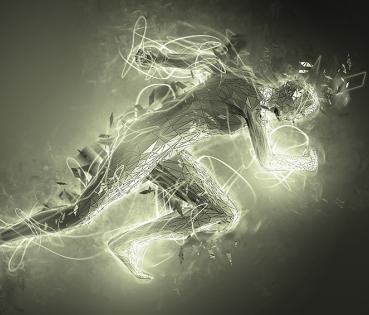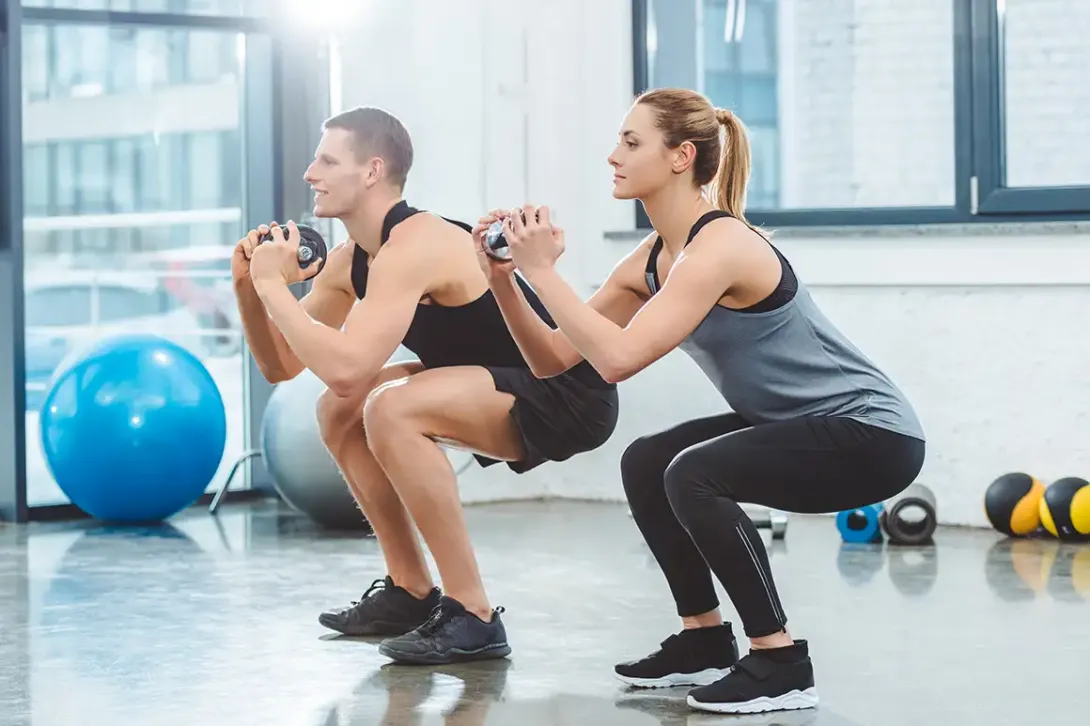
The squat: manual for a basic exercise
Squat is considered the best exercise we can do for our legs, to activate the metabolism and gain muscle mass in general.
Everyone has heard of them and, unconsciously, we do them repeatedly throughout our lives. Squats are one of the most complete and easy exercises available.
They activate ankles, hips and knees, and develop muscles such as the calf and quadriceps, improving mobility and the execution of such everyday and necessary actions as climbing stairs or sitting down. Apart from their well-known advantages for firming the glutes, they have countless benefits from burning calories to strengthening the cardiovascular system and improving posture and stability.
What do you work with a squat?
As Dr. Horschig, author of The Squat Bible, says, we need to move better before we move more, and that begins with implementing simple but complete exercises like these into our daily routine.
Above all, it’s about strengthening our lower body muscles and ligaments to maintain a good physical condition that will allow us to avoid possible injuries or pain in the future.
But where should we start? Definitely by perfecting the movement, which is essential before adding difficulty or intensity to any exercise. Here’s a little guide to mastering the art of the squat.
How to perform a basic squat correctly?
Place your feet shoulder-width apart, keep your eyes straight ahead and pull in your abdominals. Keep your feet steady as you slowly descend, flexing your hips as if you were sitting on an imaginary chair and point slightly outwards.
It is important to keep your torso straight. Lower down until your thighs are parallel to your feet and bring your weight towards your heels. Return back up to sit back up, activating your whole body.
Specialists recommend doing five repetitions of ten squats a day, but if you are not physically active and this is too much, it is best to start with a number you are comfortable with.
As with any new exercise, be aware of your body’s signals and stop at any pain or discomfort. For older people, it is recommended to exercise using a chair.
Types of squats you can practice

Isometric squat
1 of 6
This involves holding the basic squat for a few seconds. It can be performed with your back against a wall if desired.
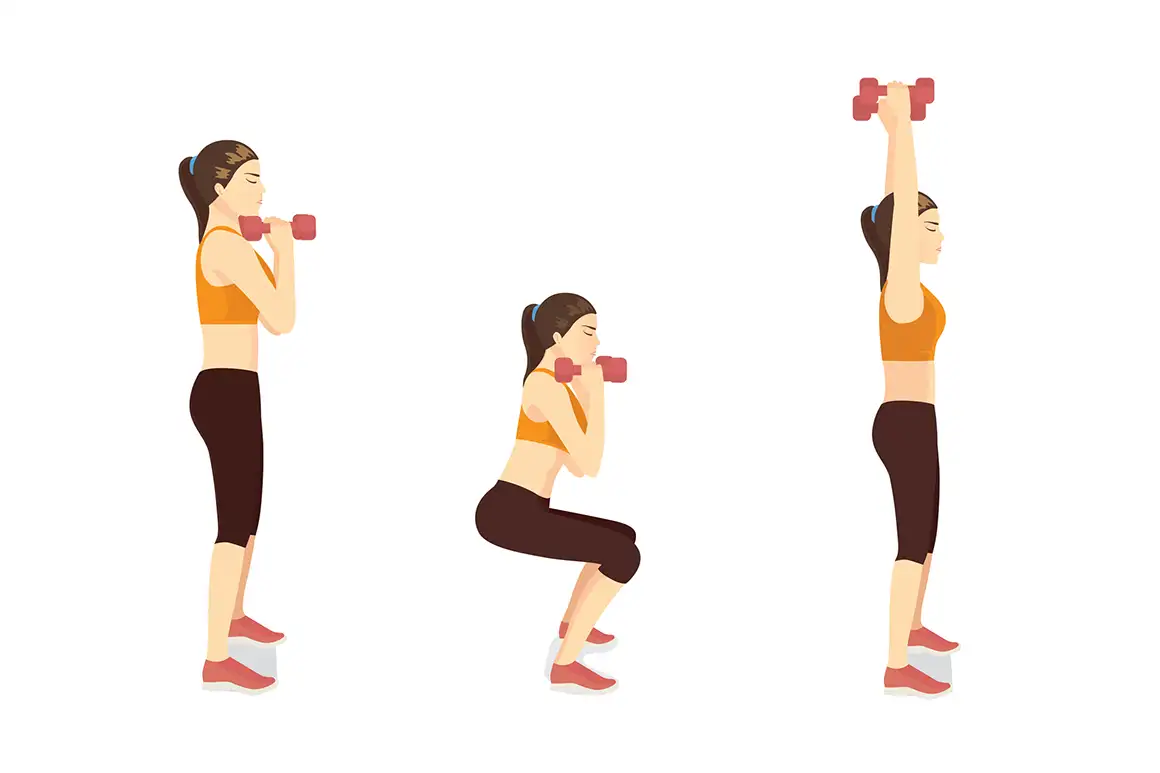
Barbell squat
2 of 6
This consists of a basic weighted squat using a barbell supported on the trapezius muscles. It is important to keep the back and neck straight and adjust the weight correctly to avoid injury. You can also practice this modality with the bar on the posterior deltoid or perform a front squat with the bar under the body.
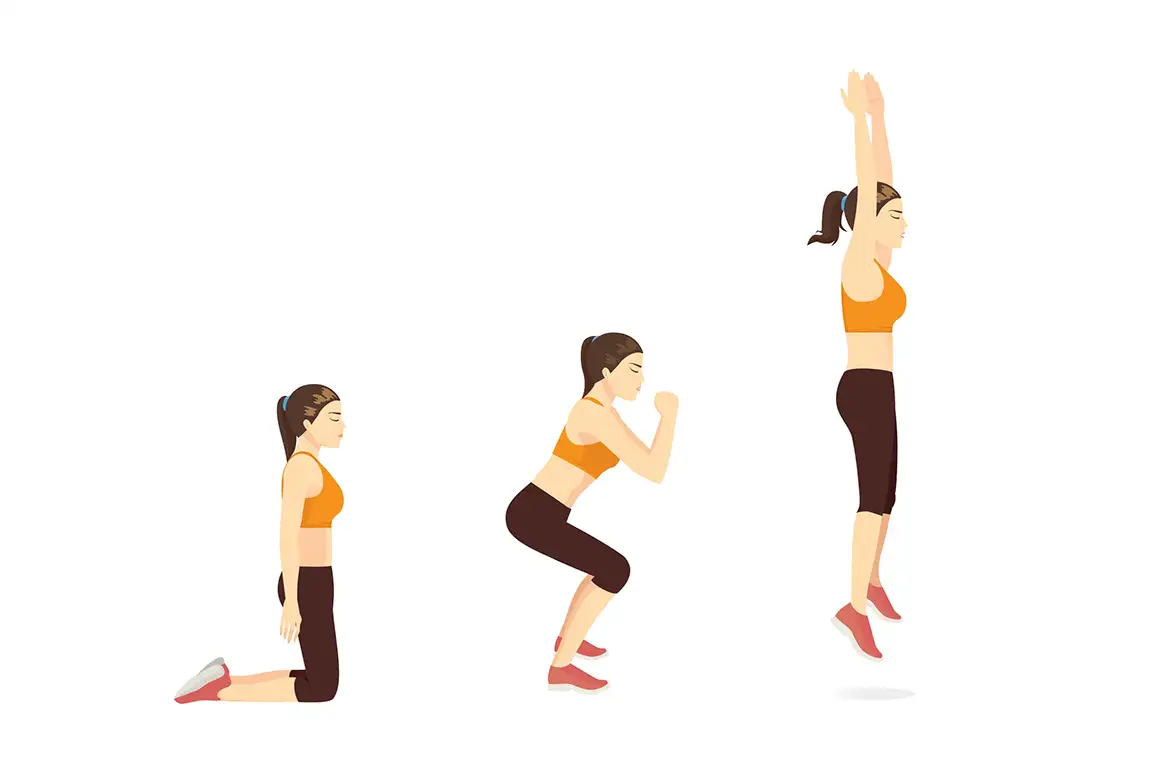
Jump squat
3 of 6
This involves doing a deep squat followed by a jump. It increases the difficulty of the strength exercise and has an important cardiorespiratory factor. The reception of the jump implies a greater impact on the knees, so it should be considered if any injury is present.
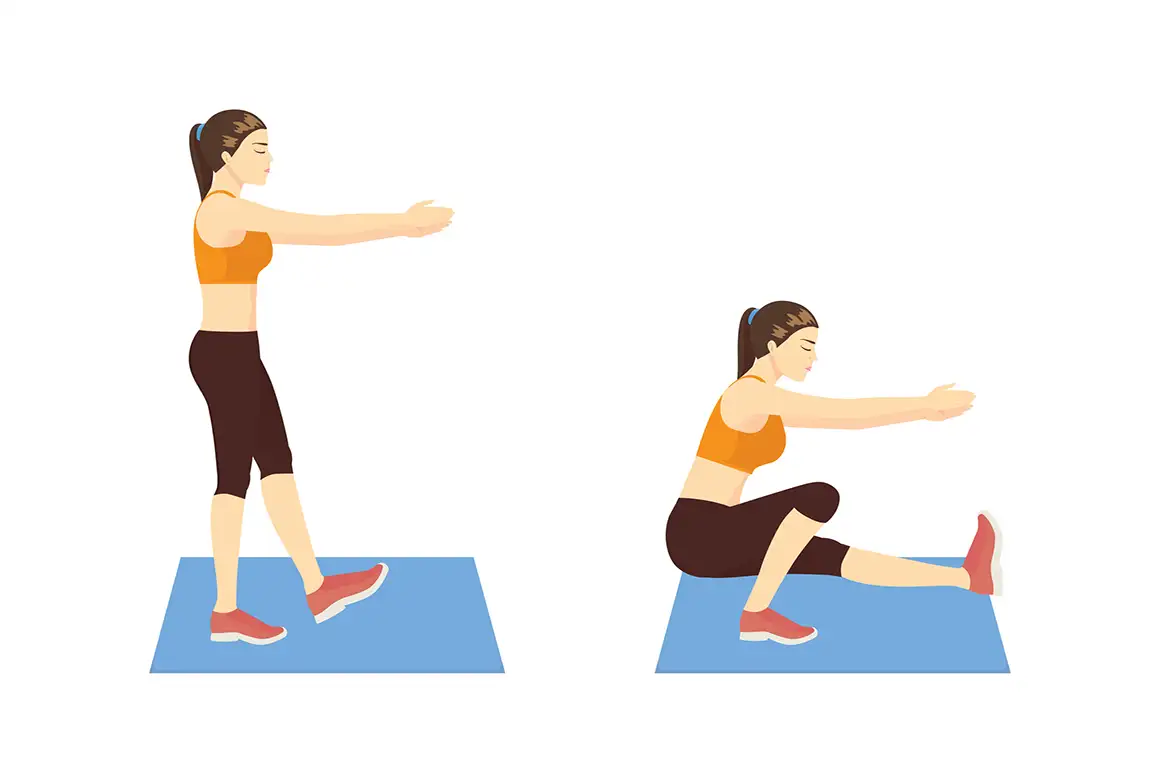
Pistol squat
4 of 6
This involves doing a squat with one of your legs completely straight out in front of you. You have to focus all your strength and keep your balance with the one that is supported.
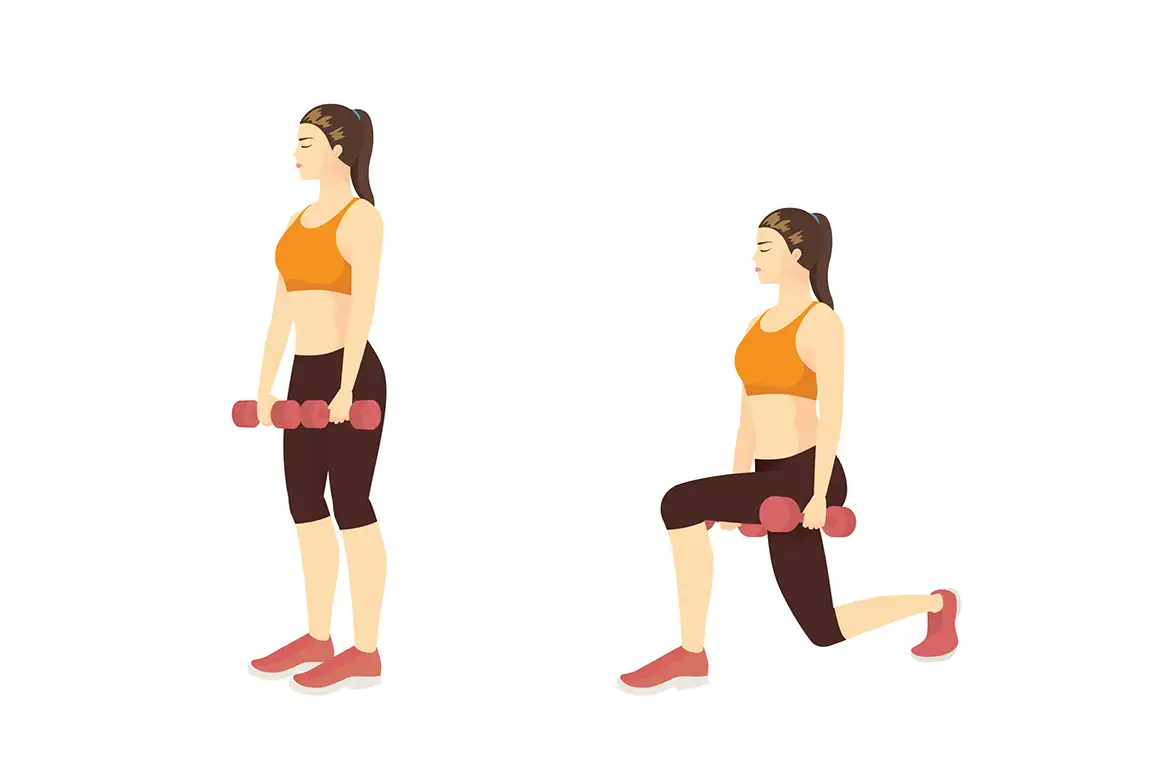
Bulgarian split squat
5 of 6
To do this, place your foot on a support, such as a chair or step, at knee height, and stretch that leg backwards. The other leg should be lowered to a ninety-degree angle. This squat, by putting all the weight on one leg, works the quadriceps intensely and improves balance.
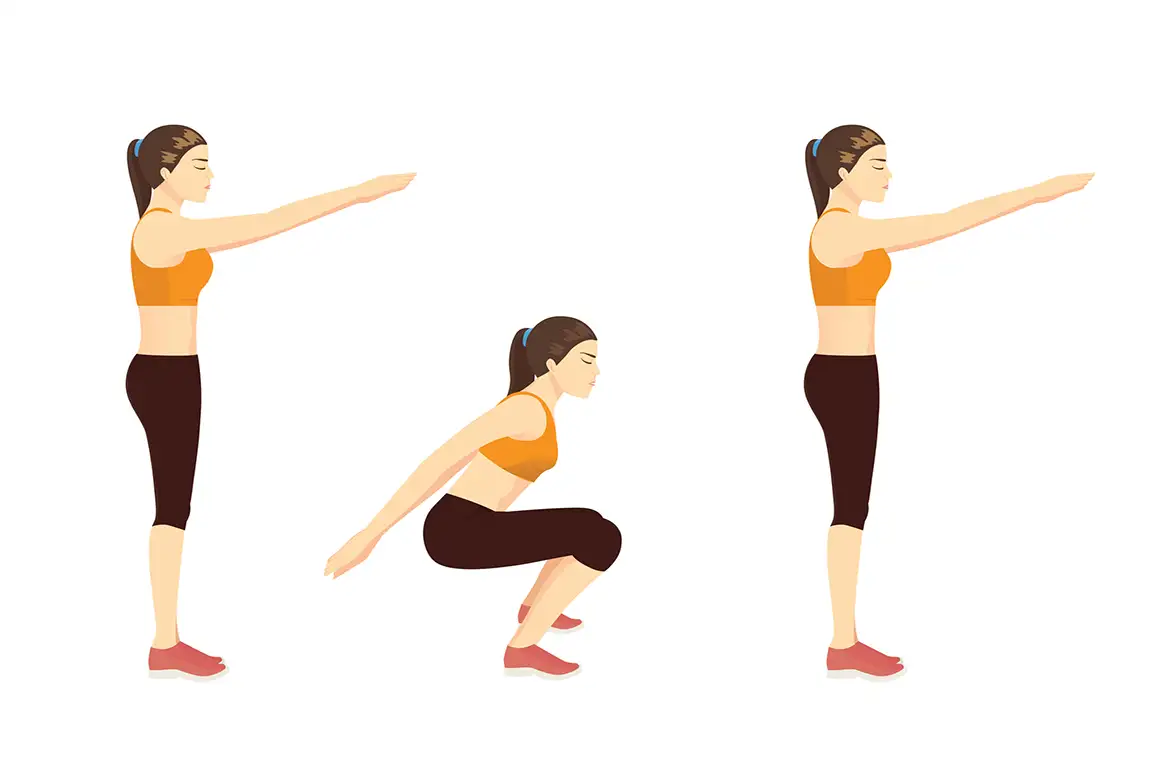
Sissy squat
6 of 6
This is a more challenging squat. A tribute to King Sisyphus from Greek mythology, it is recommended for more advanced levels. To perform this squat, you should lower yourself as low as possible, leaving the support on the tips of your toes. You must hold on to a support to avoid losing your balance. The torso is kept fully stretched and the abdomen, tight.

